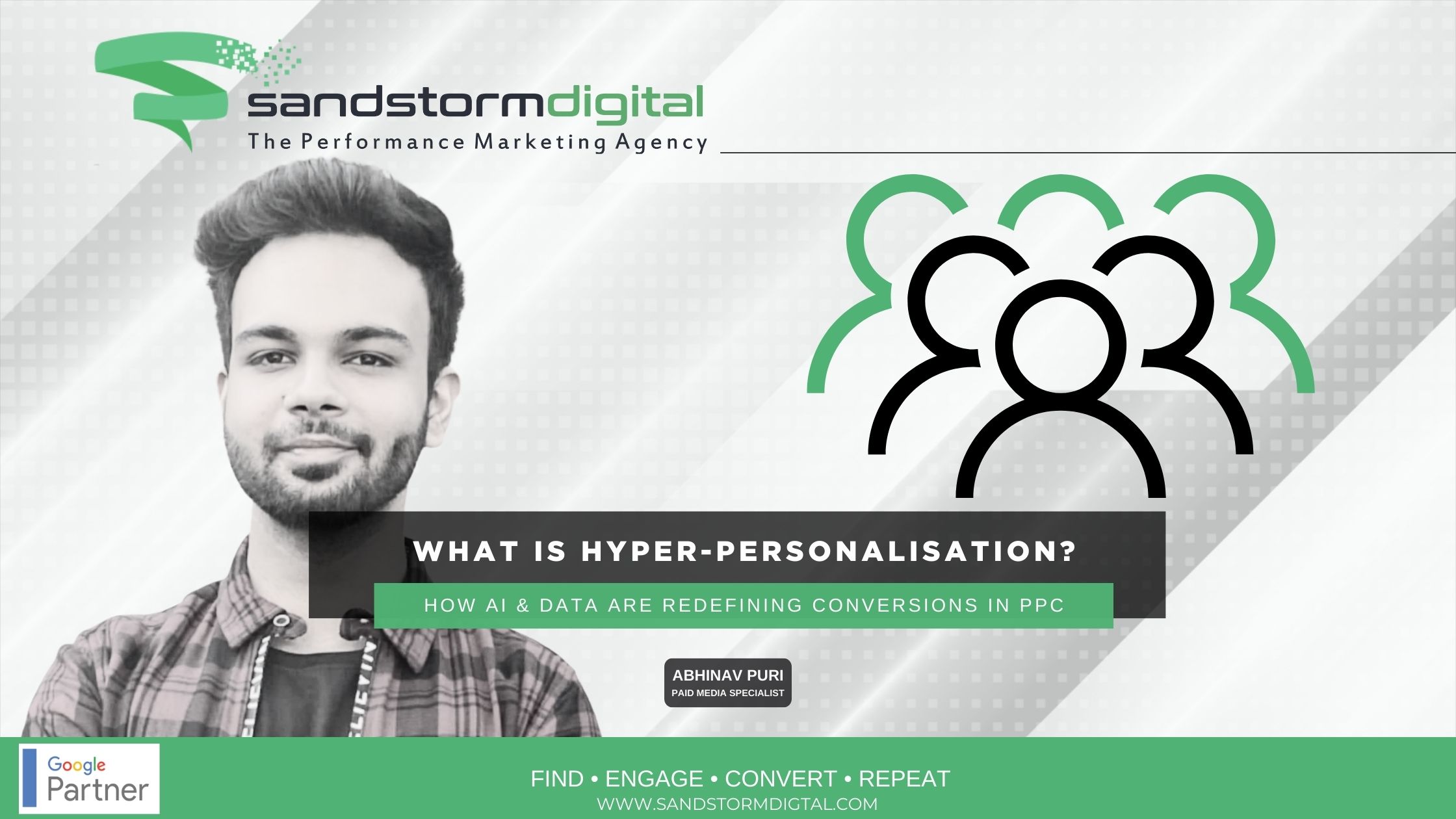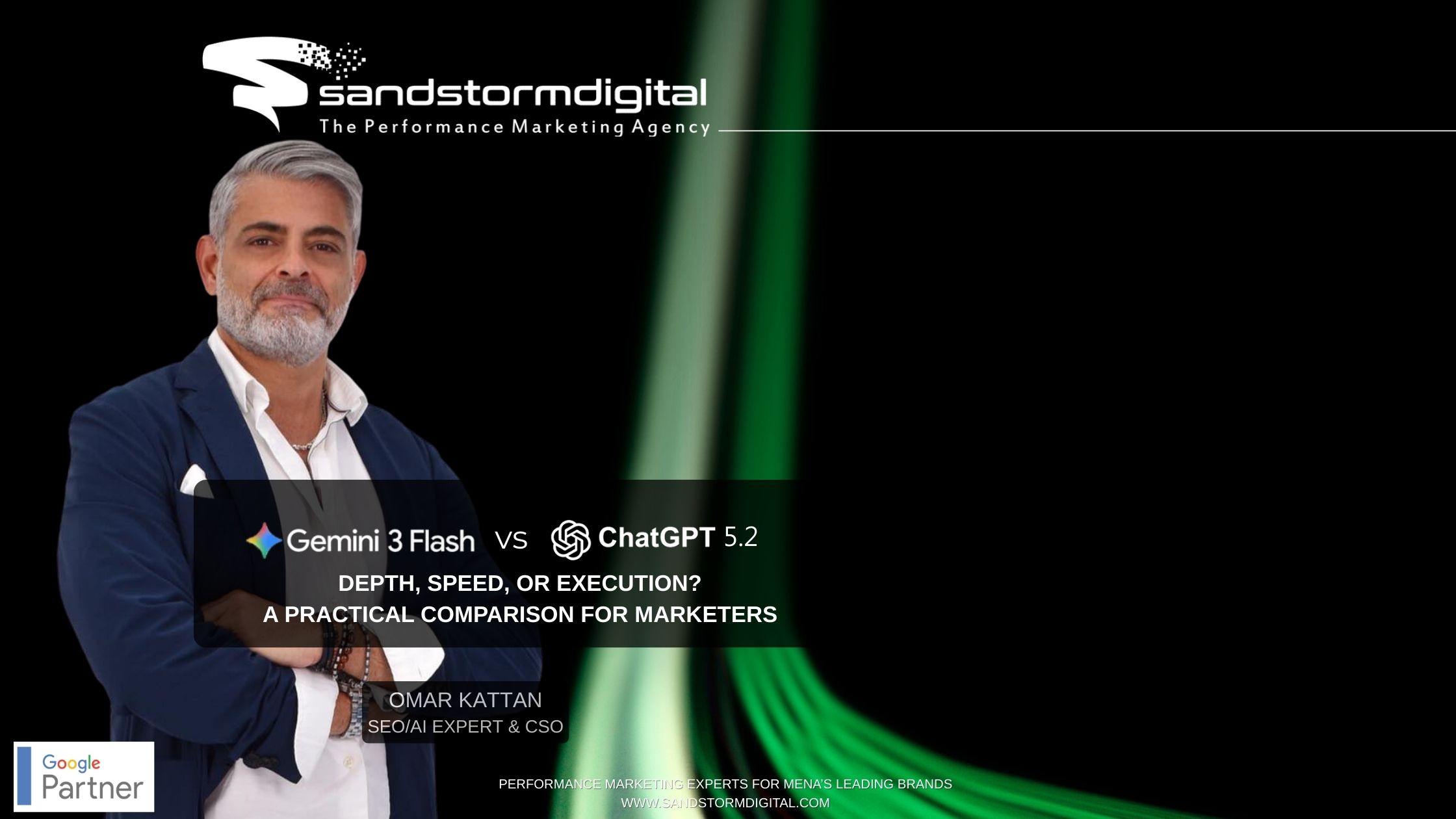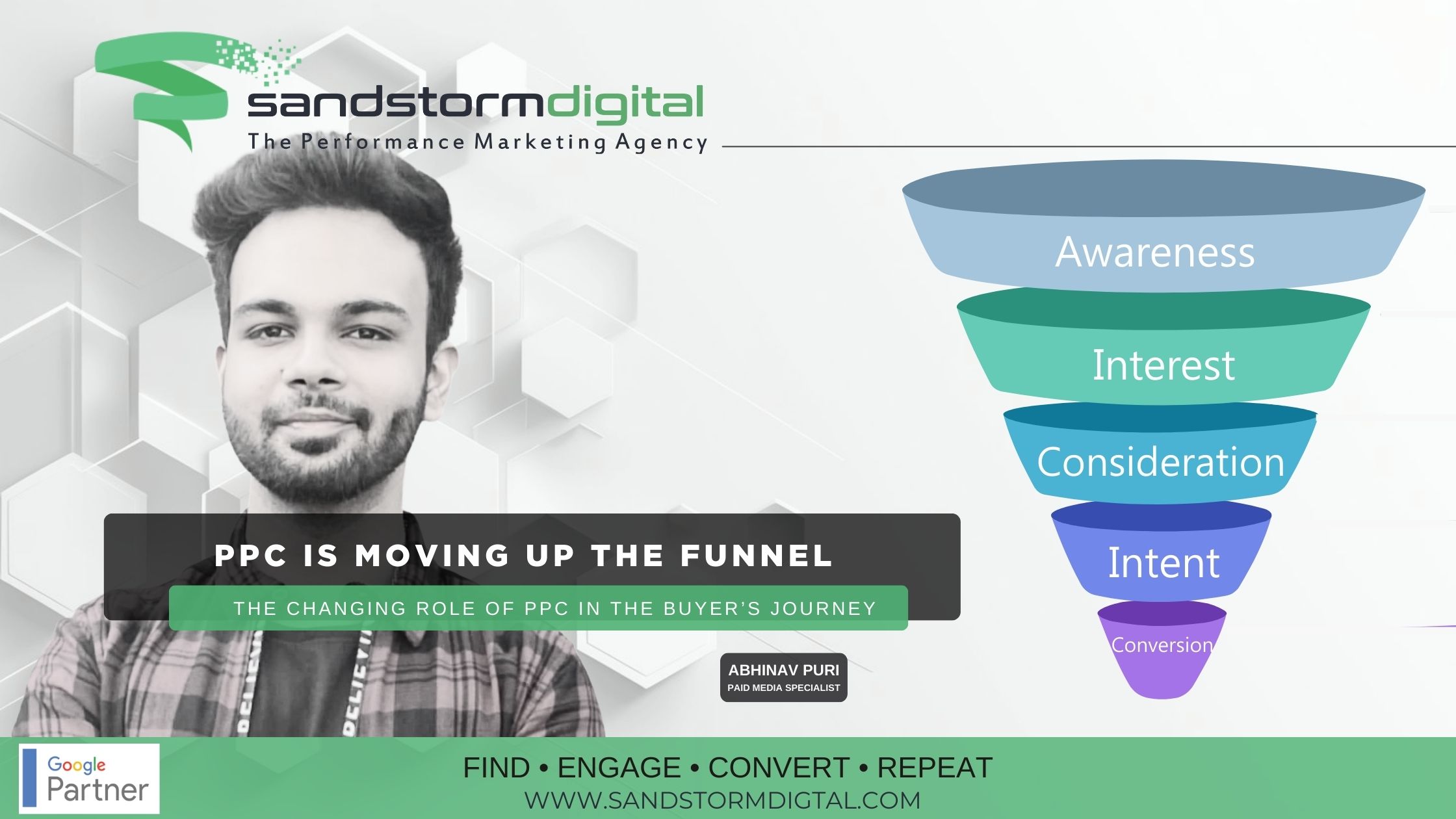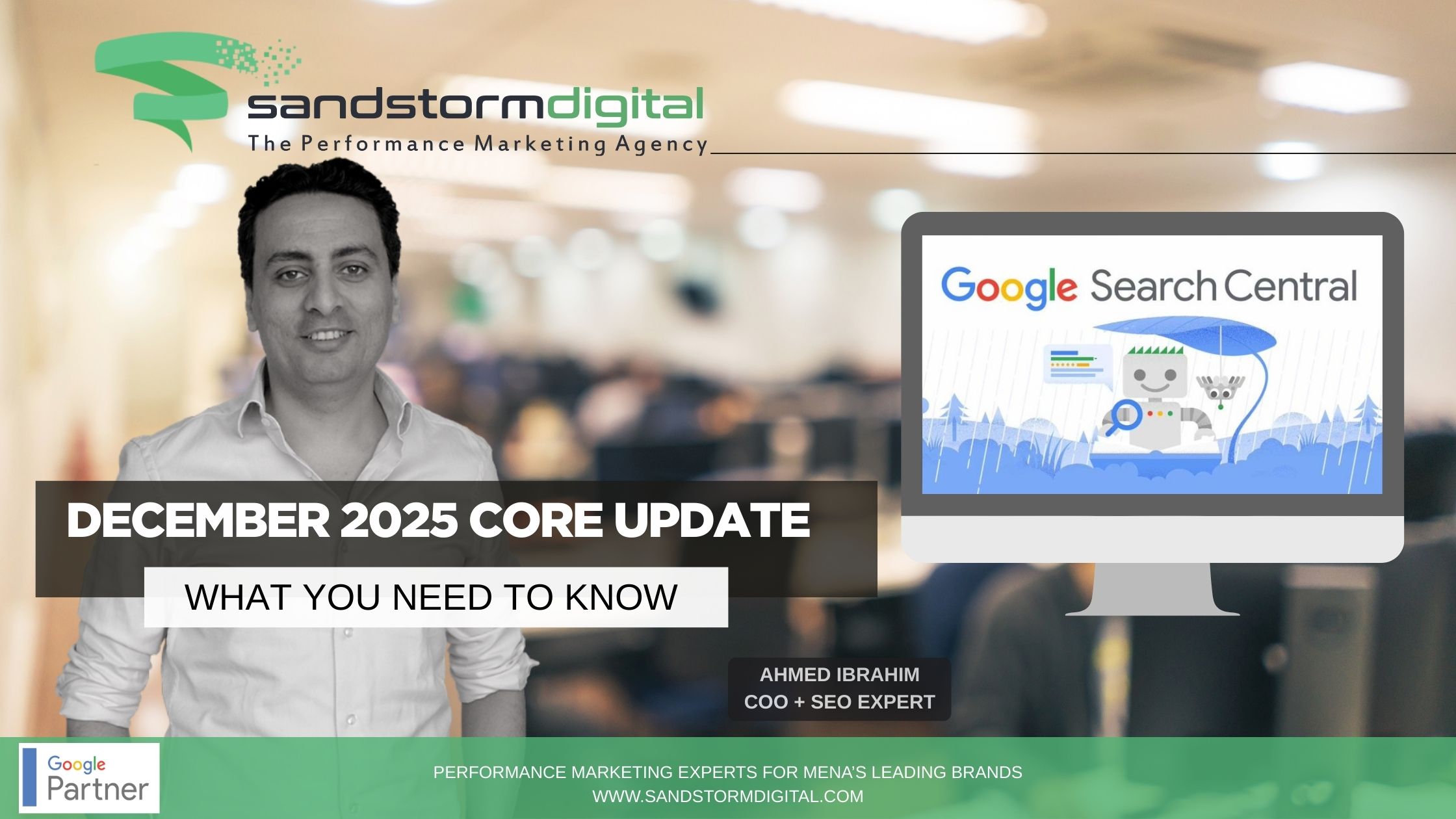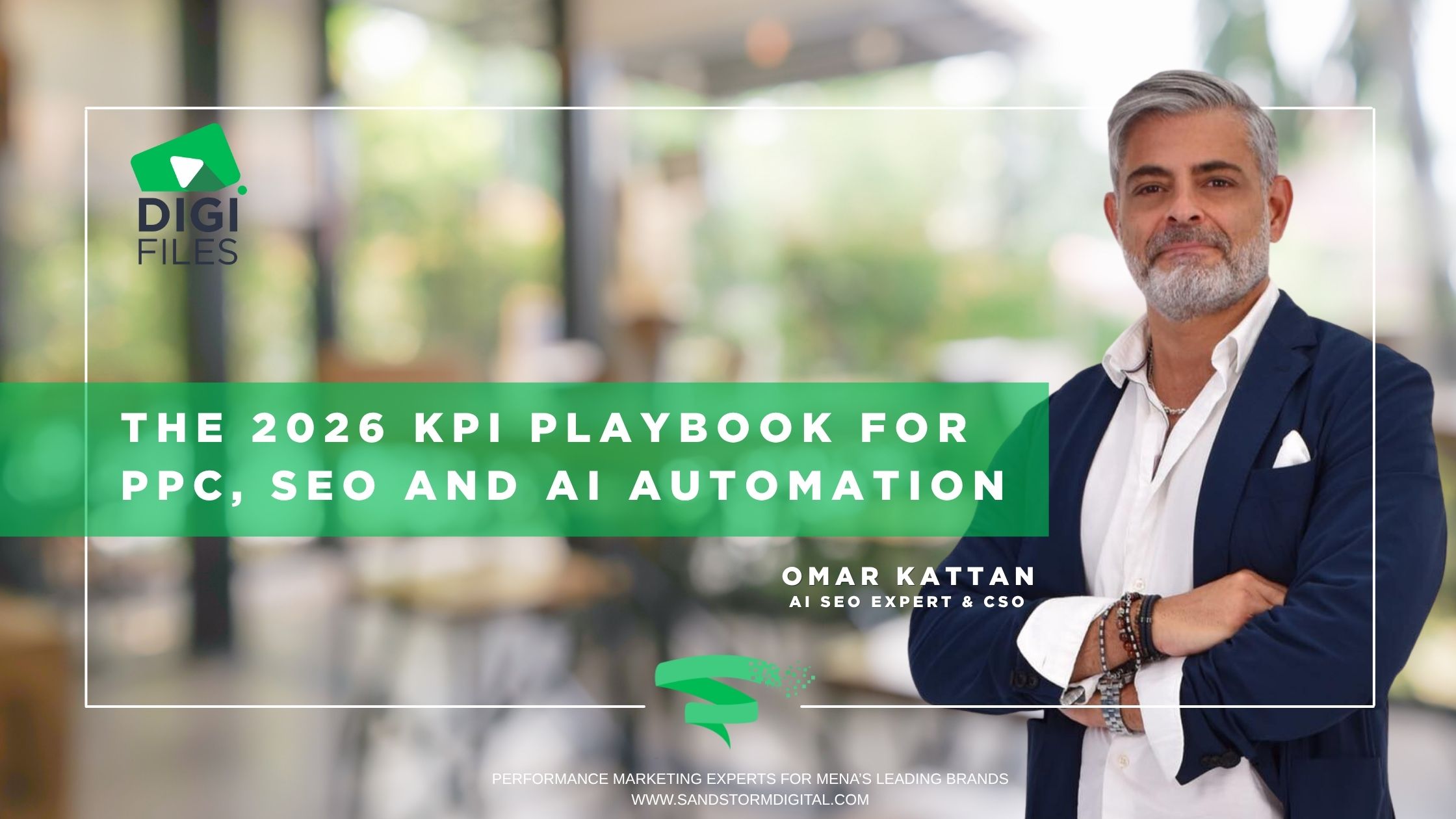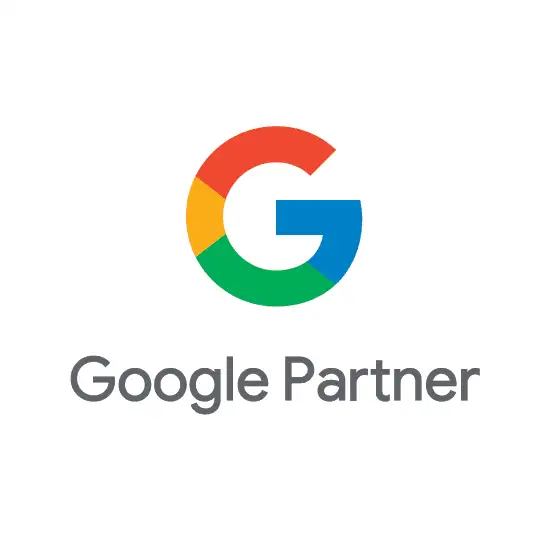Introduction
Basic personalization in PPC, like adding a customer’s name to ad copy or segmenting by demographics has become outdated. In 2025, consumers expect brands to anticipate their needs in real time. Generic ads not only underperform but also waste budget on audiences unlikely to convert.
Enter hyper-personalization: the use of AI, machine learning, and real-time data to deliver tailored ad experiences that speak directly to an individual’s context and intent. Done right, this approach transforms PPC campaigns into highly efficient, conversion-driving engines.
What Makes Hyper-Personalization Different?
Unlike traditional personalization, which relies on demographics or broad audience segments, hyper-personalization leverages multiple data layers:
- Behavioral signals: search queries, clicks, time on page, dwell time
- Transactional history: past purchases, cart abandonments, payment preferences
- Contextual factors: device, location, time of day, even weather
- Predictive analytics: machine learning models that forecast future actions
This enables brands to go beyond “people like you bought this” to “this is what you’re about to need next.”
Why Hyper-Personalization Boosts PPC Performance
Hyper-personalized ads consistently outperform generic campaigns across multiple KPIs:
- Click-Through Rate (CTR): More relevant ads naturally drive higher engagement.
- Conversion Rates: Personalized CTAs are 202% more effective than generic ones.
- Customer Loyalty: 45% of customers will switch brands if personalization is lacking.
- Reduced Wastage: Precision targeting ensures ad spend is focused on high-intent users.
In short: hyper-personalization isn’t just about better targeting, it’s about building deeper, data-driven relationships that last beyond a single click.
Challenges to Consider
While the potential is enormous, there are hurdles marketers must navigate:
- Privacy compliance: GDPR, CCPA, and other regulations demand ethical data usage.
- Technical barriers: Implementing real-time personalization requires advanced AI tools.
- Balance: Overly personalized ads can cross the line into feeling intrusive.
Best Practices for Implementing Hyper-Personalization
- Adopt AI-driven tools: Platforms like Google’s Dynamic Search Ads, Mutiny, and HubSpot AI can scale personalization.
- Micro-segment audiences: Move beyond broad buckets; tailor ads for precise behaviors.
- Leverage predictive bidding: AI forecasts purchase likelihood, adjusting bids in real time.
- Test continuously: A/B test ad variations, landing pages, and CTAs for ongoing optimization.
- Human + AI strategy: Let AI handle precision targeting while humans craft creative and messaging.
The Future of PPC Personalization
Hyper-personalization is no longer optional, it’s the expectation. Search engines and ad platforms are leaning heavily into AI-first models like Performance Max and Meta Advantage+, giving marketers the tools to scale personalization in real time.
Brands that adopt early will enjoy higher ROI, stronger customer loyalty, and sustainable growth. Those that don’t risk being drowned out by competitors delivering more relevant, individualized experiences.
Hyper-personalization isn’t a trend, it’s the future of PPC advertising.

